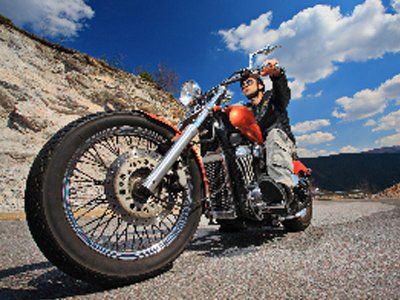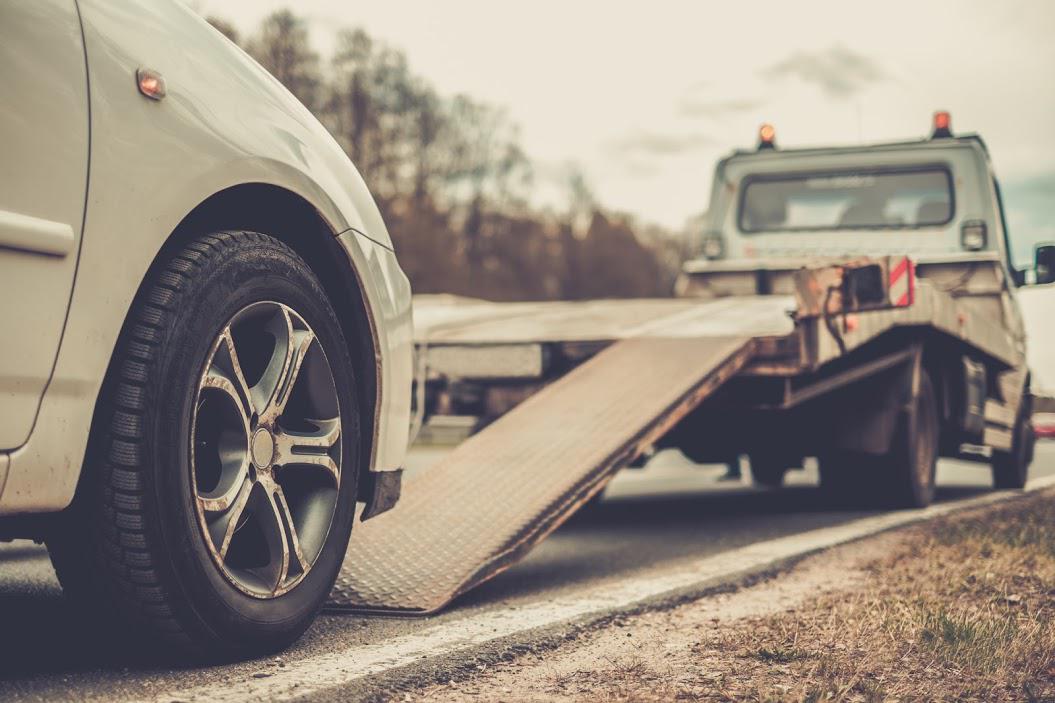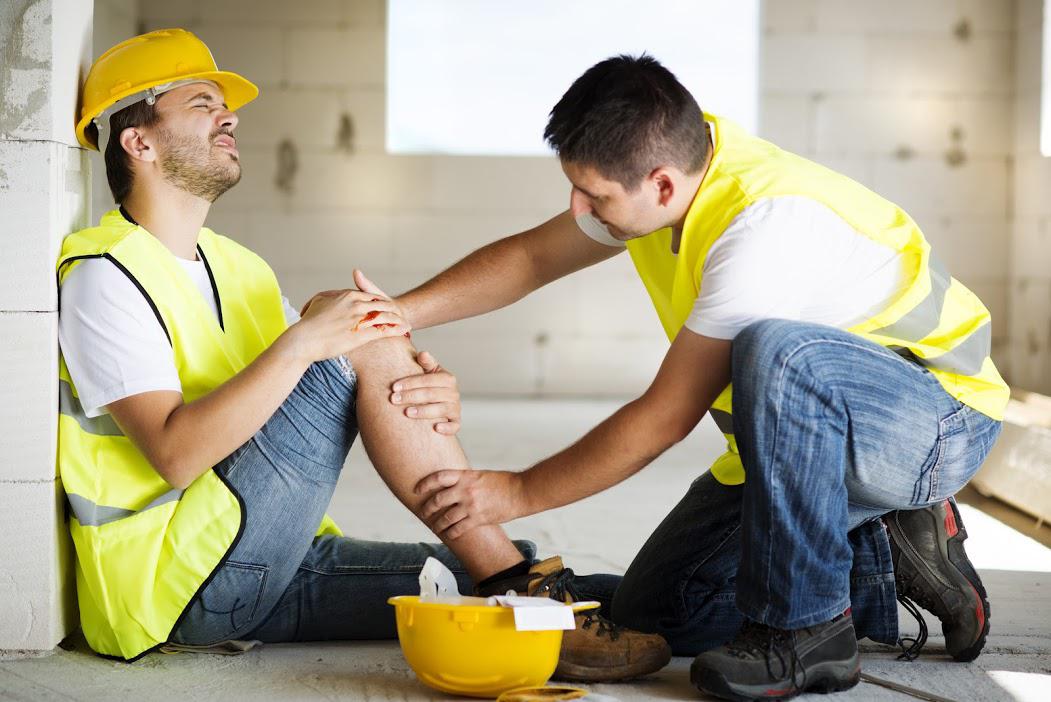BLOG
Motorcycle Accidents: Understanding Types, the Law, and Your Rights
- By ADMIN
- •
- 24 May, 2018
- •

Motorcycles riders don't necessarily get into more accidents than automobiles, but they are more vulnerable to the vagaries of the road and to the behavior of other vehicles. Riders are more likely than car drivers to be injured or killed in an accident. If you ride a motorcycle, it's essential to know the rules of the road and your rights if you're injured.
Learn the Main Causes of Motorcycle Accidents
Motorcycle accidents are inherently more dangerous than automobile accidents because of the lack of protection from the framework of the car. Motorcycle accidents are either single-vehicle — meaning just the motorcycle — or involve a car.
Motorcycle-only accidents are usually a result of riders not being aware of their surroundings. Indeed, motorcycles need to be more aware of their surroundings because they are more susceptible to road hazards. For example, gravel in the road may cause a car to simply fishtail. A motorcycle will usually wipe out.
Motorcycles can also collide with another vehicle. A common cause of such accidents is when a car turns left in front of the motorcycle. Granted, such a situation is usually the driver's fault, but the rider has more to lose. The best defense is to be hyper-aware of other vehicles on the road. This awareness is essential to avoid head-on collisions, which are the main cause of death for riders.
Lane-splitting, or riding between cars stuck in traffic, is not allowed in Massachusetts. Such a practice is also a main cause of injury because of the reduced maneuverability and because drivers aren't expecting a vehicle to be motoring along in the middle of stop-and-go traffic.
Understand Massachusetts Motorcycle Law
On that topic, avoiding motorcycle accidents or proving liability after an accident is much easier when riders adhere to Massachusetts laws. In this state, riders must have a valid motorcycle license. Additionally, riders are required to wear a helmet.
As noted above, motorcycles aren't allowed to weave in between cars in traffic. What's more, riders shouldn't navigate along the sidewalk lines and certainly shouldn't drive on the pavement itself.
Another requirement particular to motorcycles relates to highways. Motorcycles must stay off of highways unless their bike has the horsepower to travel at the minimum speed. This requirement prevents small-capacity motorcycles from impeding traffic, which can cause accidents even if the rider is observing other traffic rules.
As with operating an automobile, drinking and riding is prohibited.
Prove Liability After a Motorcycle Accident
If a motorcyclist has demonstrably caused an accident through negligence or breaking the law, said rider is likely to be found liable. That said, proving liability is all about proving negligence, or proving who acted in a careless manner. If that carelessness leads to injury, drivers can be found liable and may be required to pay damages.
Proving liability is usually a multi-stage process. Riders injured in an accident need to gather evidence, such as pictures of the scene or witness statements. Indeed, the goal is to recreate the scene to prove negligence. The police report is another useful piece of evidence.
With trickier scenes, or when riders are too injured to gather evidence themselves, professional accident investigators can be helpful. They can revisit the scene and provide detailed, knowledgeable information about the accident. For example, they can use tire track angles and glass distribution to recreate how the accident occurred.
When riders want to recuperate damages after an accident, they typically hire professional legal services. Attorneys familiar with personal injury cases and motorcycle law can help riders organize the evidence and fill out necessary paperwork for a claim. Such attorneys can also represent the injured rider if the case goes to court.
In most cases, being hyper-attentive to the road and other drivers will prevent an accident. However, if you are injured in a motorcycle accident, let the legal experts at the Law Offices of Burton J. Hass help you make a claim.

While things like wearing a helmet, wearing protective gear, and using lights on your bicycle at night can help keep you safer when you ride, accidents are still a possibility. When they do happen, the information here will help you know better what to do to protect yourself physically and financially.








